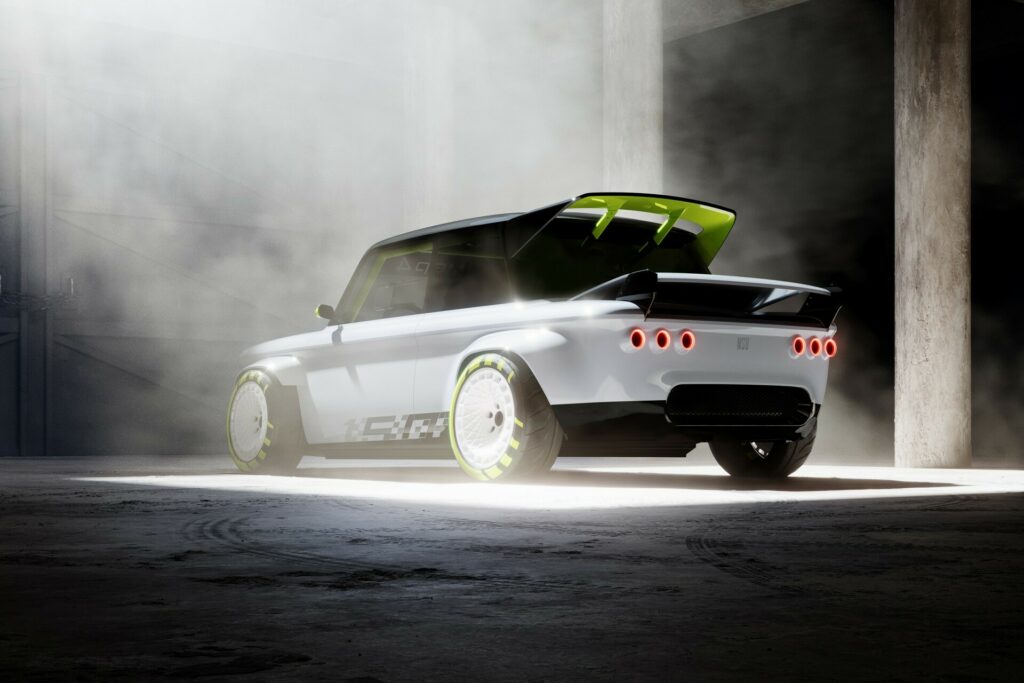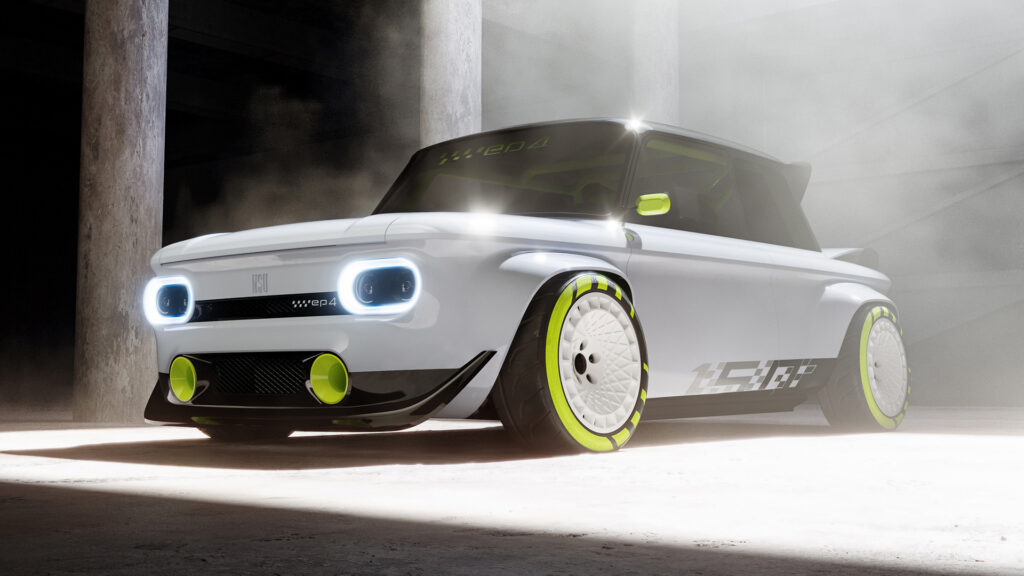Trainees at Audi’s Neckarsulm production site have lifted off the covers to a modernized and electrified version of the NSU Prinz 4 and as far as manufacturer-led restomod projects go, this is one of the most impressive.
But first, a little history. Audi was once known as Auto Union and the Neckarsulm site it currently operates was owned by NSU, a manufacturer of motorcycles and cars. In 1969, Volkswagen came on the scene and merged NSU with Auto Union to create Audi. Prior to this, NSU was building a cute two-door known as Prinz 4 and it is one of these that formed the basis for this project. The car celebrates the 105th anniversary of the factory.
Work started with the powertrain. Whereas the Prinz 4 once had a two-cylinder engine with 30 hp at the rear, it now rocks a 240 hp electric motor from an Audi e-tron. The car then has the same battery pack as the hybrid Audi Q7 TFSI e quattro under the hood, where the fuel tank was originally fitted.
Read: Faulty Airbags Found In 2022 And 2023 Audi Q4 E-Tron Models

The changes don’t stop there. Underpinning the car is a modified floor pan from an Audi A1 while sitting on top is a modified and widened body. Audi’s apprentice designers have managed to maintain the prominent shoulder and roof lines of the original car while bringing the rest of the design into the 21st century. A set of 3D printed fender flares really catch the eye as do the new rally-inspired aero disc wheels with wide tires. The exterior has then been painted in a combination of Suzuka Grey and Brilliant Black.
While Audi has not published any photos of the car’s interior, it says that it features a Signal Yellow roll cage and a pair of Recaro Podium bucket seats. There is also a single display used for the instruments and gauges.
“The project gave our apprentices a chance to work freely with different techniques and materials,” the head of training vehicle technology/logistics at Audi, Timo Engler, said. “For example, in addition to the electric drive, they used 3D printing, a second technology of the future. Carbon fiber – familiar from motorsport – was also used for the front hood.”











